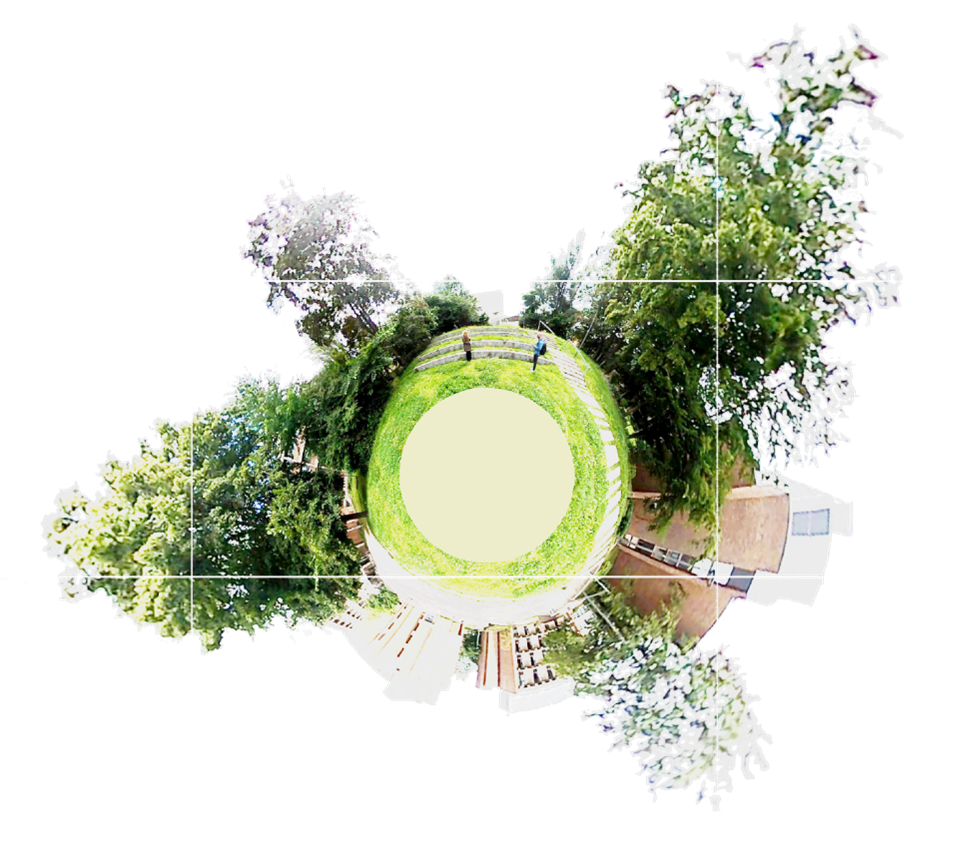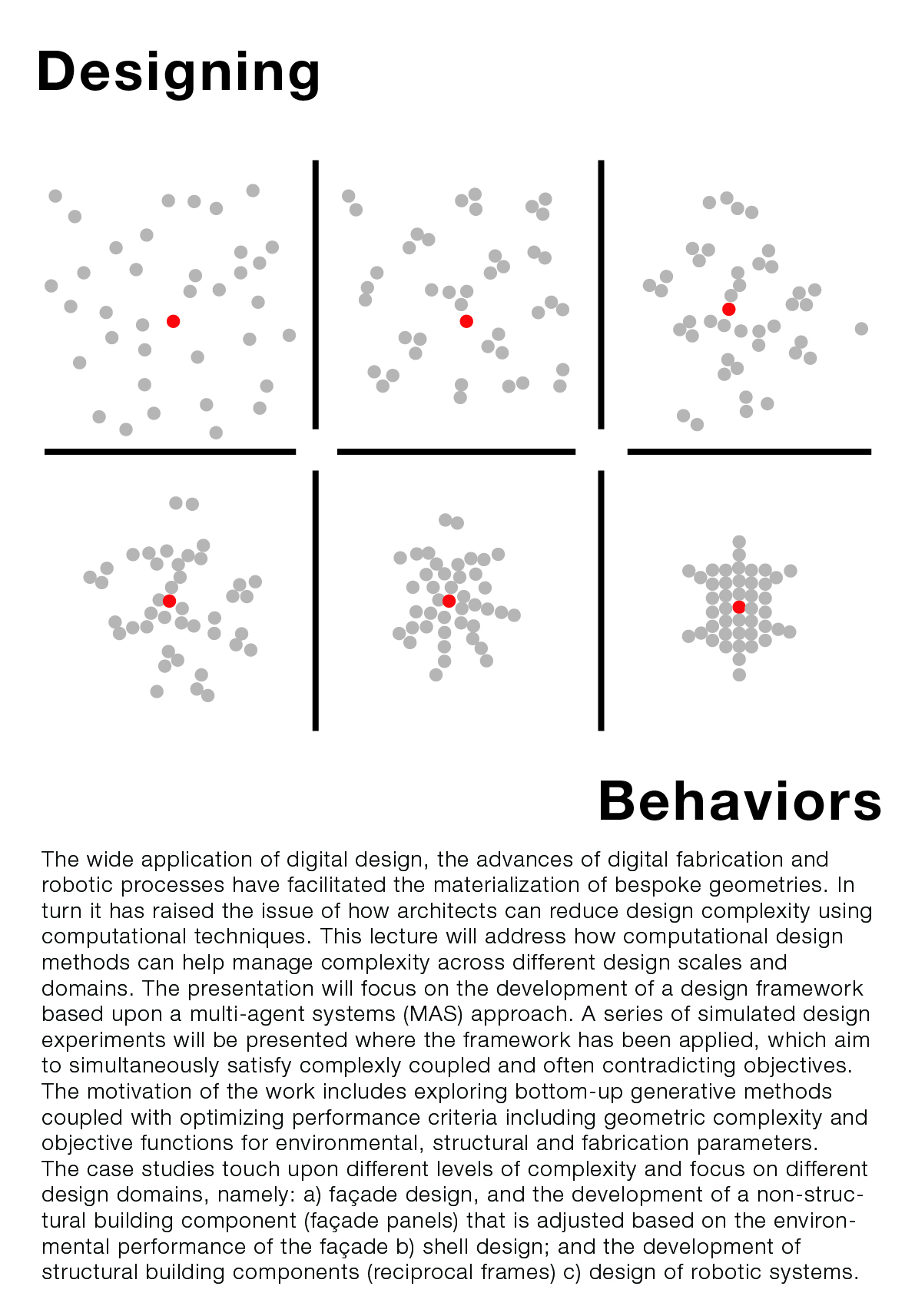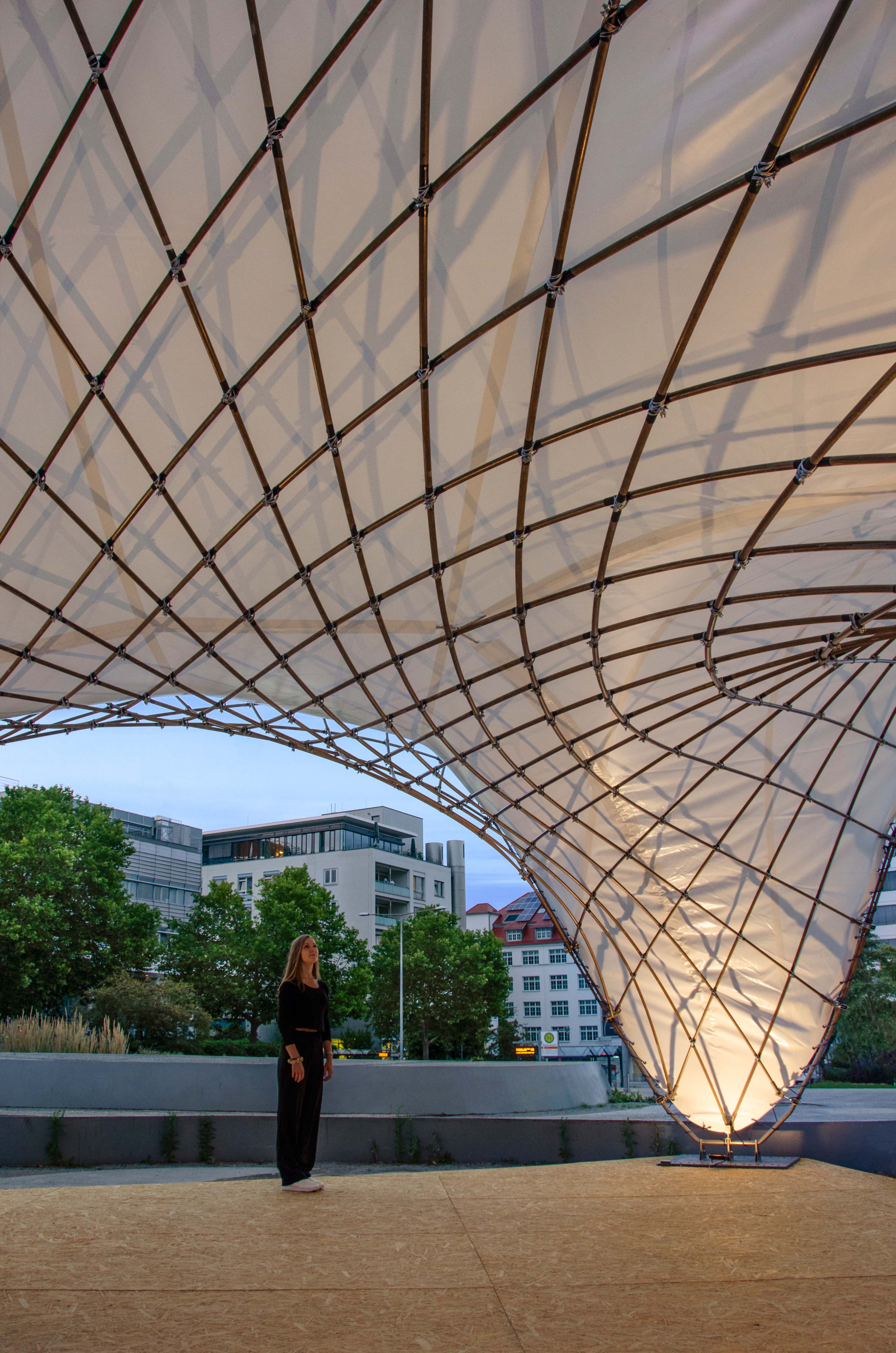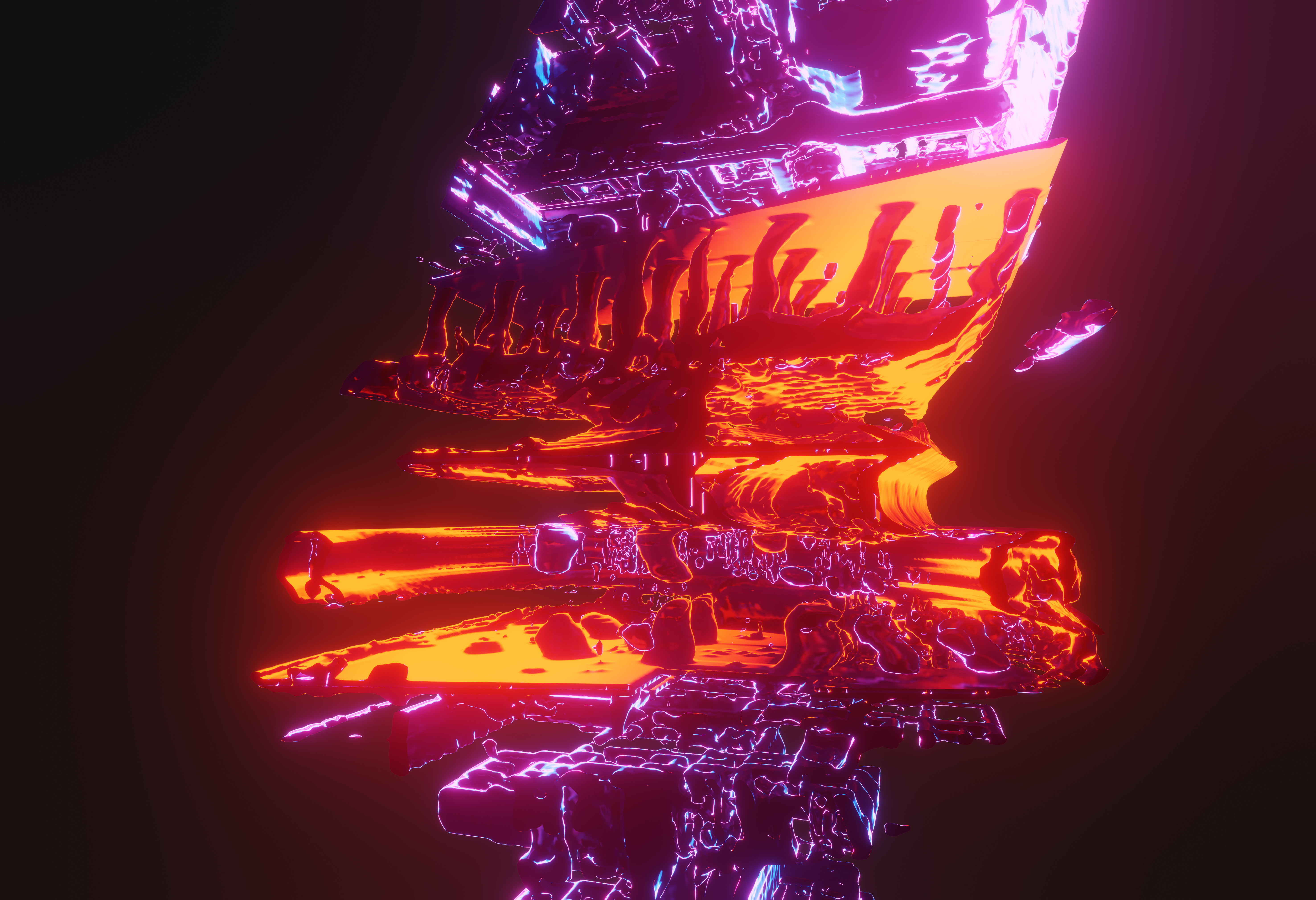Architecture Computational Technologies
Explore design research at the frontiers of architecture through experimentation in computational design, robotic systems applied to fabrication and interactivity, and materiality. For more information please contact ms.act@nyit.edu
Automation in Development through Collectives MS ACT Program Lecture Event SoAD
Automation in Development through Collectives
March 2, 2022 / 12pm-2PM EST
LECTURE ABSTRACT:
Architecture has often been related with construction, development, and growth. Its socialist version is often identified with developmentalism; while its capitalist version is often identified with object oriented desire. Architecture’s most ecological versions, have been often identified with recyclable materials, net zero, positive energy production but mostly about adding to the built environment. In urban terms, socialism identified relationships between class struggle, labor and production. The urbanism of capitalism identified the city as business and economic growth through real estate speculation. Urbanism’s most ecological version could be identified with a circular economy and ecological induction.
But these options seem to offer limited ranges of possibilities that are not correlational with the set of crises we are facing nor the horizon of what is anticipatory possible. How can architecture activate the void against notions of built environments? Architecture can be thought as reading, understanding, and deviating environmental forces expanding relationships between spaces and environments. Architecture can be thought as activating voids, recycling existing built environments, and activate latent ecologies rather than adding to the built environment. But how can architecture construction or deconstruction be through all together in relation to the energy and social crises we are facing? How can architecture be thought in terms of the environmental evolutionary logic, such as environmental processes for passive energy and growth/healing for materials? How can architecture be thought as minimal interventions in relation to maximum possible social and ecological commons? How can automation, innovation, decentralization, and community emancipation be understood in relation to current technologies such as blockchain, automation, simulation, and robotic construction/deconstruction?
The event will discuss the work of radical innovative architects in which environmental, economic and social communities issues are related to notions of automated construction devising notions to expand current possible commons.
MS in Architecture, Computational Technologies Program Lecture
Introduction and moderation:
Pablo Lorenzo-Eiroa,
Director, MS in Architecture, Computational Technologies Program (MS_ACT) SoAD at NYIT
Sandra Manninger,
Assistant Professor, MS ACT, SoAD at NYIT
Speakers:
“Site Surveying”
Maider Llaguno-Munitxa,
Assistant Professor UCLouvain
“Designing Behaviors”
Evangelos Pantazis,
IBI Group / Topotheque Design Research
“Natural Smartness: A new Era in Sustainability”
Hanaa Dahy,
Jun.-Prof. Dr.-Ing. M.Eng. Arch. Hanaa Dahy, BioMat Director at ITKE, Faculty of Architecture and Urban Planning, University of Stuttgart.
“Architecture’s Sputnik Moment”
Neil Leach,
Director, FIU DDes
Maider Llaguno-Munitxa
“Site Surveying”
Considered both a science, and an art, site surveying has become one of the most fascinating and I would argue most important tasks in the architectural and urban design processes. This is particularly the case in current times when the questions of urban ecology are
central in our agendas as designers. Recent studies have revealed the strong inter-urban environmental gradients that characterize cities with up to 8 times worse concentration levels within an urban block distance. The death rates from the SARS-CoV-2 virus have also shown disconcerting spatial patterns evidencing the strong socioeconomic and environmental inequality present in cities. That is,
without a detailed site survey, we won’t be able to identify the local environmental pollution sources, topography and flooding risk, or the urban comfort conditions amongst others.
Driven by the increasing access to computational resources, physical computing technologies, we are starting to be
able to study the urban environment to increasingly higher spatiotemporal resolutions. Through the deployment of hybrid physics-based and data-driven models, we are able to characterize urban microclimates and air quality gradients from the territory to the building site. Through the study of point cloud datasets, we are able to develop a detailed topographical, sub-soil, building geometry, and materiality analysis to the millimeter scale. New urban mobility sources are also enabling us to explore urban mobility patterns and anthropogenic activities. In this context, my recent research projects that have focused on the development of site-surveying approaches to inform urban procurement and architectural design processes will be presented.
Bio
Maider Llaguno-Munitxa is an architect (co-director of AZPML) and assistant professor at UCLouvain. Maider obtained
her PhD from the ETH Zurich - Institute of Technology in Architecture (ITA) in 2016. Her research topic focused on the study of architectural and urban design strategies to modulate the urban environment, it’s microclimate and air quality. Prior to her PhD studies, in 2010 Maider graduated with -excellence in design- (honours) from GSAPP - Columbia University. Maider obtained her diploma
in architecture from the ETSASS- ETSAB with honours in 2006. Prior to joining UCLouvain, from January 2017 until August 2020 was an Associate Research Scholar and Postdoctoral Researcher at the Department of Civil and Environmental Engineering at Princeton University. From August 2020 until January 2021 Maider was an Assistant Professor at the School of Architecture CAMD at Northeastern University in Boston. Maider’s work has recently been awarded with the 2019 | Land Der Ideen_Beyond Bauhaus Prototyping the Future Award, and the Columbia University GSAPP Incubator Prize award 2020-2021 amongst others.
Evangelos Pantazis
“Designing Behaviors”
The wide application of digital design, the advances of digital fabrication and robotic processes have facilitated the materialization of bespoke geometries. In turn it has raised the issue of how architects can reduce design complexity using computational techniques. This lecture will address how computational design methods can help manage complexity across different design scales and domains. The presentation will focus on the development of a design framework based upon a multi-agent systems (MAS) approach. A series of simulated design experiments will be presented where the framework has been applied, which aim to simultaneously
satisfy complexly coupled and often contradicting objectives. The motivation of the work includes exploring bottom-up generative methods coupled with optimizing performance criteria including geometric complexity and objective functions for environmental, structural and fabrication parameters.
The case studies touch upon different levels of complexity and focus on different design domains, namely: a) façade design, and
the development of non-structural building component (façade panels) that is adjusted based on the environmental performance of the façade b) shell design; and the development of structural building components (reciprocal frames) c) design of robotic systems.
Bio
Evangelos is a multi-faceted designer working at the intersection of architecture, engineering and computational design. He holds a Ph.D. in Civil and Environmental Engineering from Viterbi School of Engineering at the University of Southern California (2019) where he has also worked as a teaching and research assistant. His research work focuses on the use Multi Agent Design Systems for the integration of generative design techniques and form finding methods with numerical analysis and digital fabrication methods. He has earned his Master of Advanced Studies in the field of Computer Aided Architectural Design from the ETH in Zurich (2012), and also got his Diploma in Architecture from the Aristotle’s University of Thessaloniki, Greece (2010), where he is a registered architect.
Professionally, Evangelos has gained experience in several international offices, including Graft Architects in Berlin, Studio Pei Zhu in Beijing and Buro Happold Engineering in Los Angeles. He has co-founded Topotheque design office, a studio that engages computational design with various tangent disciplines, including architecture, furniture and product design. Currently he leads the computational design team at IBI Group. His research has been presented in multiple Design-Computing Conferences and his professional work has been exhibited at venues such as the Venice Biennale of Architecture, the Modern Art Museum of Lausanne (ELAC) and the Benaki Museum in Athens. Since 2014, he lives and works in Los Angeles.
Hanaa Dahy
Natural Smartness: A new Era in Sustainability
Lecture’s summary: The lecture emphasizes diverse developments done in the framework of the lecturer’s established department, aiming towards futuristic sustainable architecture. In this context working with local materials, especially bio-based ones, and with
different means of embedding smartness that took place using approaches like digital fabrication technologies integration with computational design methods will be highlighted. In addition, multidisciplinary work, automation technologies and other factors will be all revealed to showcase how current and future-oriented techniques could have a direct effect on how smart sustainable architecture of
the future could be developed, created and serve the environment and the communities. The case studies that will be analysed throughout the lecture will cover a large spectrum in that regards and other related topics will be opened to discuss further in the open discussion.
Bio
Hanaa Dahy, born in Cairo, is registered as a freelancer architect in the architects’ chamber Germany and as well a registered engineer in Egypt,with 18 years of experience academically and in practice. She earned her Bachelor of Architecture Engineering (Ain Shams University in Cairo) with excellence and honors, Masters in 2006, PHD with excellence 2014 from University of Stuttgart. She established her BioMat department during her professorship in the University of Stuttgart since 2016 and founded her Arch. office in Cairo since 2003.
She holds currently a number of European and international patents in the field of sustainable building materials, won several international architectural and design awards including Tamayouz for women of outstanding achievement in architecture and construction in 2020,MaterialPreis Award in the years 2016, 2019 and 2021 from BW Design Centre in Germany, earned the Focus International Design Prize Award- Silver Category in 2021, Green Concept Preselection for 2022, eco prize multi-nominations,
Excellence teaching Award for German universities in 2016, Materialica Design and Technology Award 2015 and many others. She leads several architectural and industrial projects and is a founding member of ArchIDA (Research Center for Architecture in Stuttgart) and as well a PI (Principal Investigator) of the Cluster of Excellence in Stuttgart IntCDC: “Integrative Computational Design and Construction for Architecture”. Dahy constructed numerous architectural projects in Europe and the Middle East and is a visiting professor in multiple European universities and a member of diverse international scientific bodies.
Her architectural practice research areas include digital fabrication, nature-inspired architecture,ecological building systems, biocomposites, biomimetics, sustainability, smart materials, soft materials, product design, circular economy and
circular design.“
Neil Leach
“Architecture’s Sputnik Moment”
AI has become a hot topic in architectural circles worldwide. For sure, AI is becoming increasingly capable. But is there a dark side to AI? This lecture addresses the dark side of AI, but not in the traditional way, where AI is seen to be complicit in surveillance capitalism and other concerns. Rather, it points towards the remarkable achievements of AI, and the way that AI has begun to operate beyond
the range of human abilities. The lecture argues that humans must begin to recognise that AI is capable of operating at a level of intelligence and creativity that we cannot even perceive, just as dogs are able to detect smells and sounds beyond the range of human perception. AI, the paper argues, has already begun to leave humans behind. The paper concludes that we need to go through a Second Copernican Revolution, and recognise that human beings are not the centre of the universe, and that if the entire human race dies off because of Covid or for some other reason, the universe will continue without us.
Bio
Neil Leach is a Professor at FIU, Tongji University and EGS. He has also taught at other leading institutions, including the AA,
IaaC, DIA, Columbia GSAPP, Cornell, Harvard GSD and SCI-Arc. He is also the co-founder of DigitalFUTURES, an academician in the Academy of Europe, and the recipient of two NASA fellowships for research into 3D print technologies for the Moon and Mars. He has published over 40 books on architectural theory and digital design including: Rethinking Architecture (Routledge, 1997), The Anaesthetics of Architecture (MIT, 1999), Designing for a Digital World (Wiley, 2002), Digital Tectonics (Wiley, 2004), Camouflage (MIT, 2006), Digital Cities (Wiley, 2009), Machinic Processes (CABP, 2010), Space Architecture (Wiley, 2014), Robotic Futures (TongjiUP, 2015), Swarm Intelligence (TongjiUP, 2017), Computational Design (TongjiUP, 2017), Digital Fabrication (TongjiUP, 2017), 3D Printed Body Architecture (Wiley, 2017), Architecture in the Age of Artificial Intelligence (Bloomsbury, 2021) and Machine Hallucinations: Architecture and AI (Wiley, 2022).
More Posts
All PostsMay 31, 2022
MS_ACT INNOVATION KEYNOTE LECTURE Kaicong Wu
May 26, 2022
MS ACT Lecture Shai Yeshayahu
May 16, 2022



